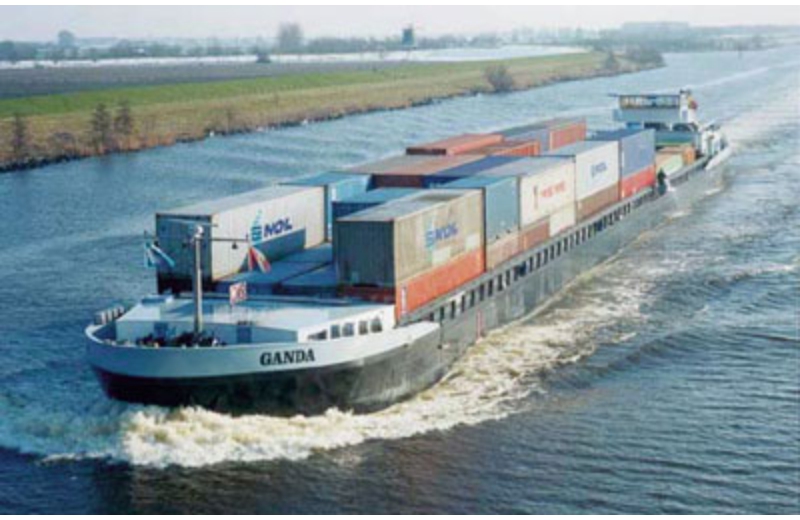The technical committees of Nepal and India today finalised operation modality of inland waterways through three Indian routes, thereby bringing closer to reality the country’s dream of operating ships bearing Nepal’s flag. The two-day Nepal-India Transit Treaty review meeting finalised Standard of Procedure (SoP) for Nepal to use three inland waterways routes on Ganges River — Kolkata-Kalughat- Raxaul, Kolkata-Sahebgunj-Biratnagar and Kolkata-Varanasi-Raxaul.
The two countries are expected to review the existing Transit Treaty by incorporating inland waterways as a new trade route for bilateral trade based on this modality finalised by the technical committees of the two nations.
“Agreement to allow Nepal to use these routes for inland waterways transportation will add a new dimension to Nepal-India bilateral trade and the country’s third-country trade via India,” informed Nabaraj Dhakal, joint secretary at the Ministry of Industry, Commerce and Supplies, adding that the Indian authority at the meeting expressed commitment to start groundwork to start trade via these waterway routes as soon as the two governments ink agreement on the new and modified Transit Treaty.
Moreover, Dhakal informed that the Indian authority has said Delhi will allow Nepal to use ships of maximum capacity as per feasibility in the finalised waterway routes.
India has already developed waterways on Ganges, connecting Varanasi and the seaport of Haldiya. Nepal’s access to Indian waterways will not only ease the movement of cargo imported from third countries, but will also help reduce transportation cost of imported goods.
“Availability of cheaper goods in the country will enhance competitiveness in the domestic market, which will ultimately encourage and promote export from Nepal,” added Dhakal.
Similarly, the meeting has also finalised two new routes for bulk cargo transportation. As per the existing provision, bulk cargo is allowed to enter only from Raxaul (Birgunj).
However, the two sides have agreed to allow bulk cargo movement to Nepal also from Jogbani (Biratnagar) and Nautanwa (Bhairahawa).
Though Nepal had been seeking the implementation of Electronic Cargo Tracking System (ECTS) and adoption of transhipment modality in import-export between the two countries in the Transit Treaty, the Indian side has said the issue will be decided upon after holding further consultations with the Indian government, as per Dhakal.
As a pilot programme, the transhipment modality has been applied in trade through Visakhapatnam and Birgunj. Similarly, the ECTS has also being applied in this trade route.




